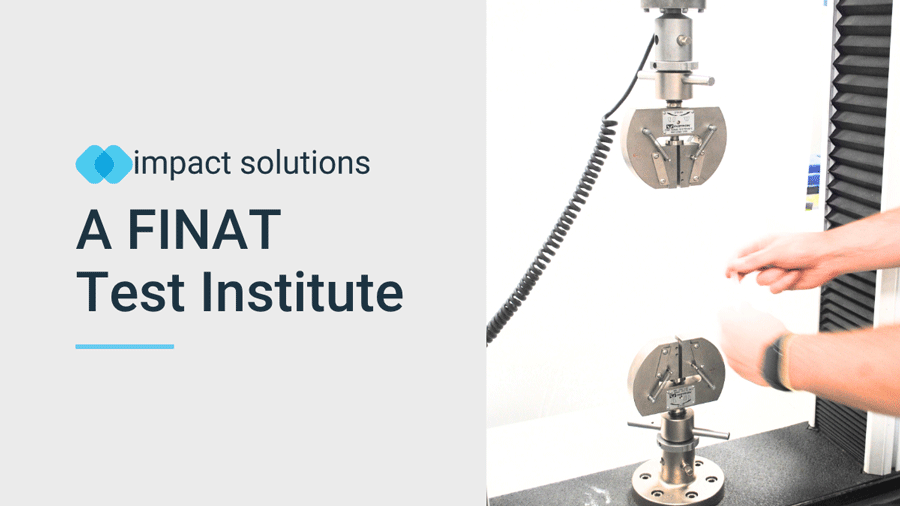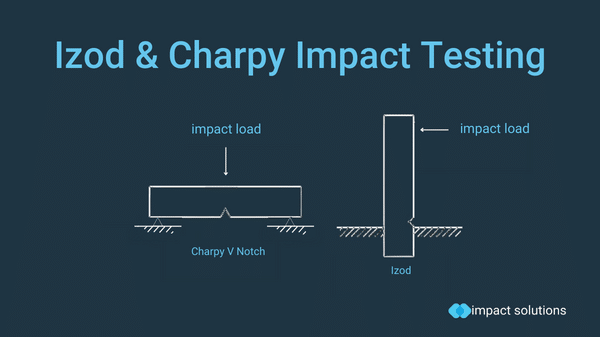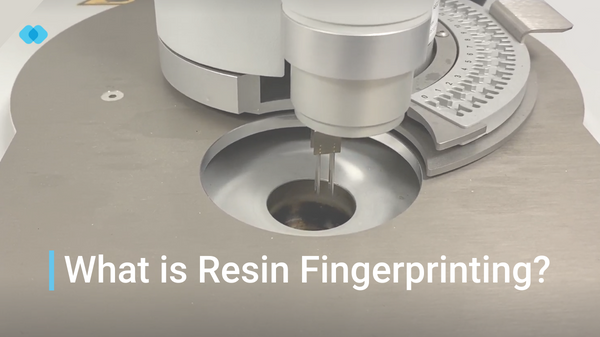Lap Shear Strength Testing to EN 1465
What is test method EN 1465?
EN 1465 is a tensile test to determine lap-shear strength of bonded assemblies.
Why test to EN 1465?
Adhesives are used in all aspects of our everyday lives: furniture in our homes, mobile devices we use to communicate and work, the construction of domestic and public buildings, and in the cars, trains, ships, and aircraft used for travel and transporting goods globally. They offer an attractive alternative to mechanical fasteners and welding due to reduced assembly time, reduced stress concentration, diversified material compatibility, aesthetic improvements facilitating smooth seamless designs, sealing and dampening capability, thermal and electrical conductivity or isolation, damage mitigation, and weight saving.
The prevalence of adhesives, therefore, necessitates that they provide a strong and reliable bond between substrates and are capable of withstanding the loads exerted through them in operation. In the examples above, adhesives are primarily loaded in shear as they transmit loading along the plane of overlapping parts that have been bonded together. For the adhesive to reliably transfer load from one part to another, it must form a reliable and strong bond with each surface and possess sufficient inherent strength and stiffness to prevent cohesive failure and movement between parts.
Performance of adhesives in this manner can be assessed via the test protocol EN 1465. Specimens of the material to be bonded are assembled, ideally using a suitable jig to ensure alignment and consistency of the overlap region, and bonded using a measured amount of the adhesive. For optimal consistency, thin-gauge wire or glass beads can be used to maintain a consistent bond thickness across the sample set.
Consideration must be given to ensure the tensile load is perfectly aligned with the bonded region otherwise significant flexural stresses can be introduced to the specimen, resulting in inaccurate strength values obtained. Multiple test configurations are possible to produce a pure and uniform shear state in the test sample, typically by using offset sample grips or bonding shims to opposite sides of the sample.
Not only must the geometry of the specimens and test configuration be considered to ensure accurate and consistent results, but proper sample preparation and adhesive application are paramount. EN 1465 can assess the effectiveness of surface preparation, including, where necessary, degreasing, abrasion, etching, priming, effective mixing and application of the adhesive, clamping, and curing.
The samples are subsequently mounted in a universal test machine, and tensile or compressive force is applied at a consistent rate to subject the bonded overlap to shear load. The maximum load measured before failure occurs is then used to calculate lap shear strength. Not only is failure strength important, but equally critical is understanding the failure mode. Bonded samples may fail either through debonding (adhesive failure) or fracture of the adhesive itself (cohesive failure), which can be determined via analysis of the samples after the test is complete to assess the suitability of the adhesive in different applications.
This test method allows comparison of different adhesives, different preparation or application methods, and conditions, and different adherend substrates to ensure the right adhesive is selected for the right application. Impact Solutions can assess the suitability of adhesives in specific applications to provide reliable data to make informed decisions.
How Does EN 1465 differ from ISO 4587?
Both standards use the same test setup, specimen geometry, and reporting requirements. However, ISO 4587 defines a specific test rate of 8.3 to 9.8 MPa per minute, whereas EN 1465 only requires a constant rate of load application without specifying a numerical value. Notably, both standards indicate that the average specimen should fail within 65 ± 20 seconds.




